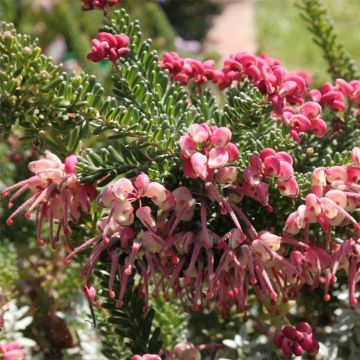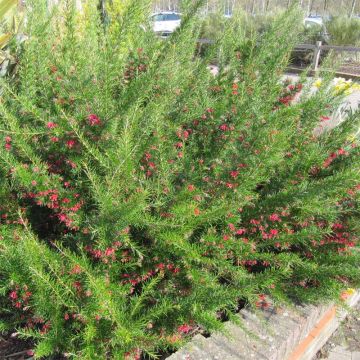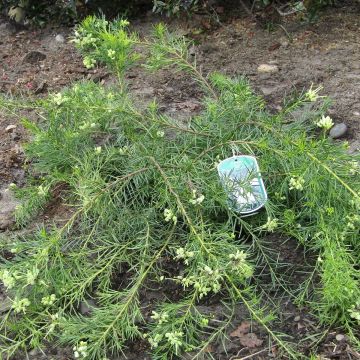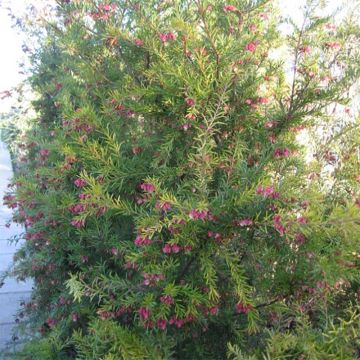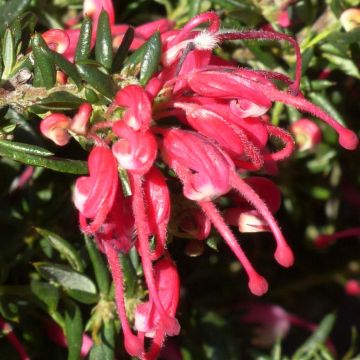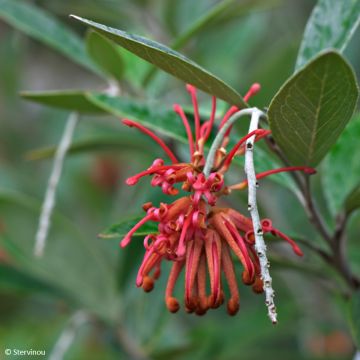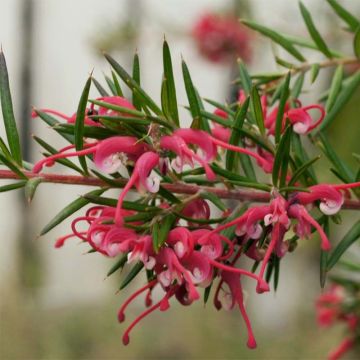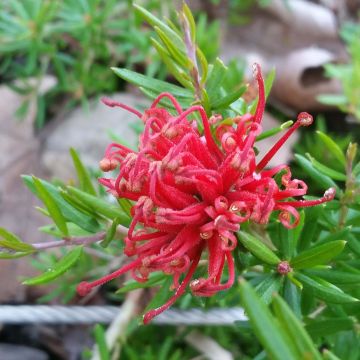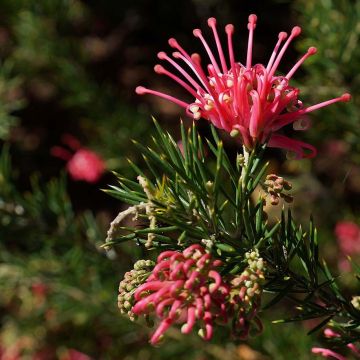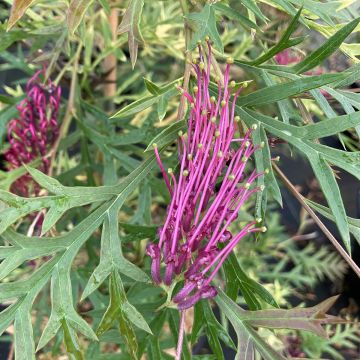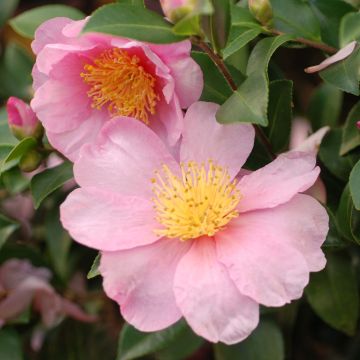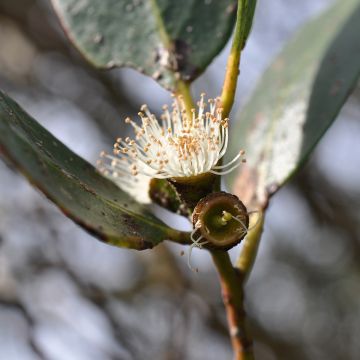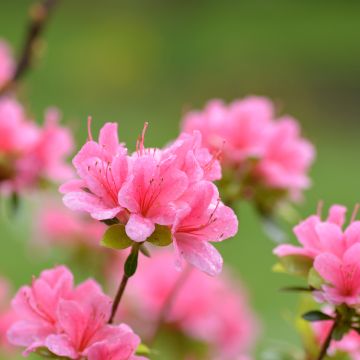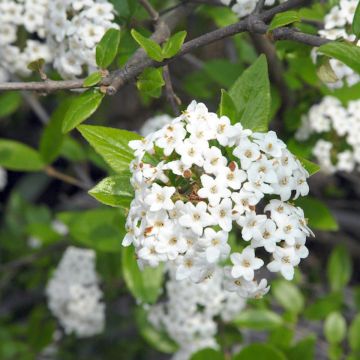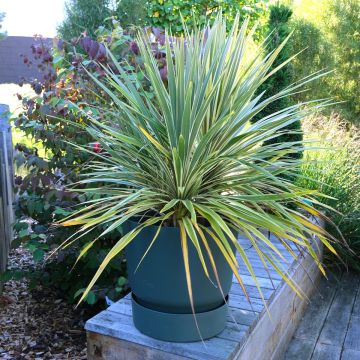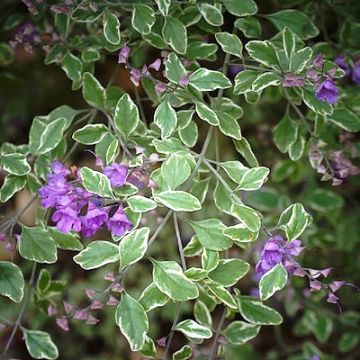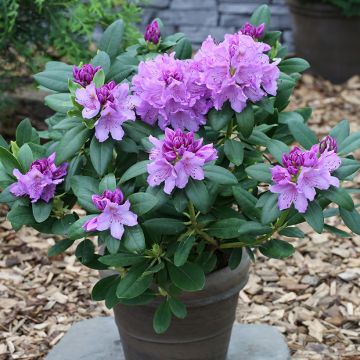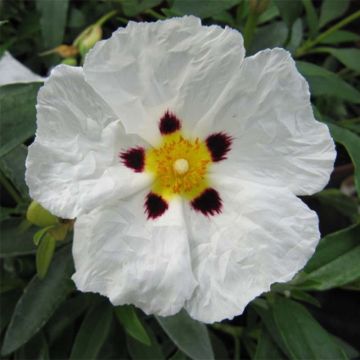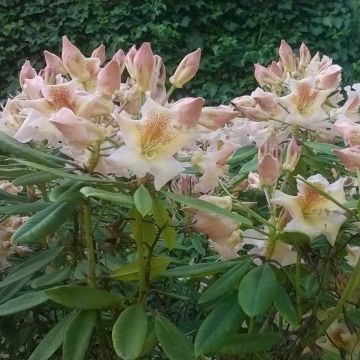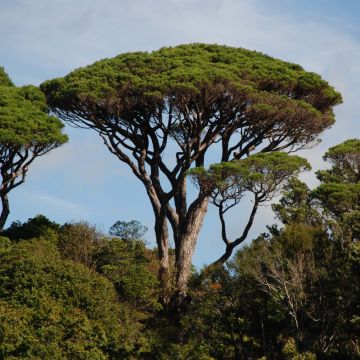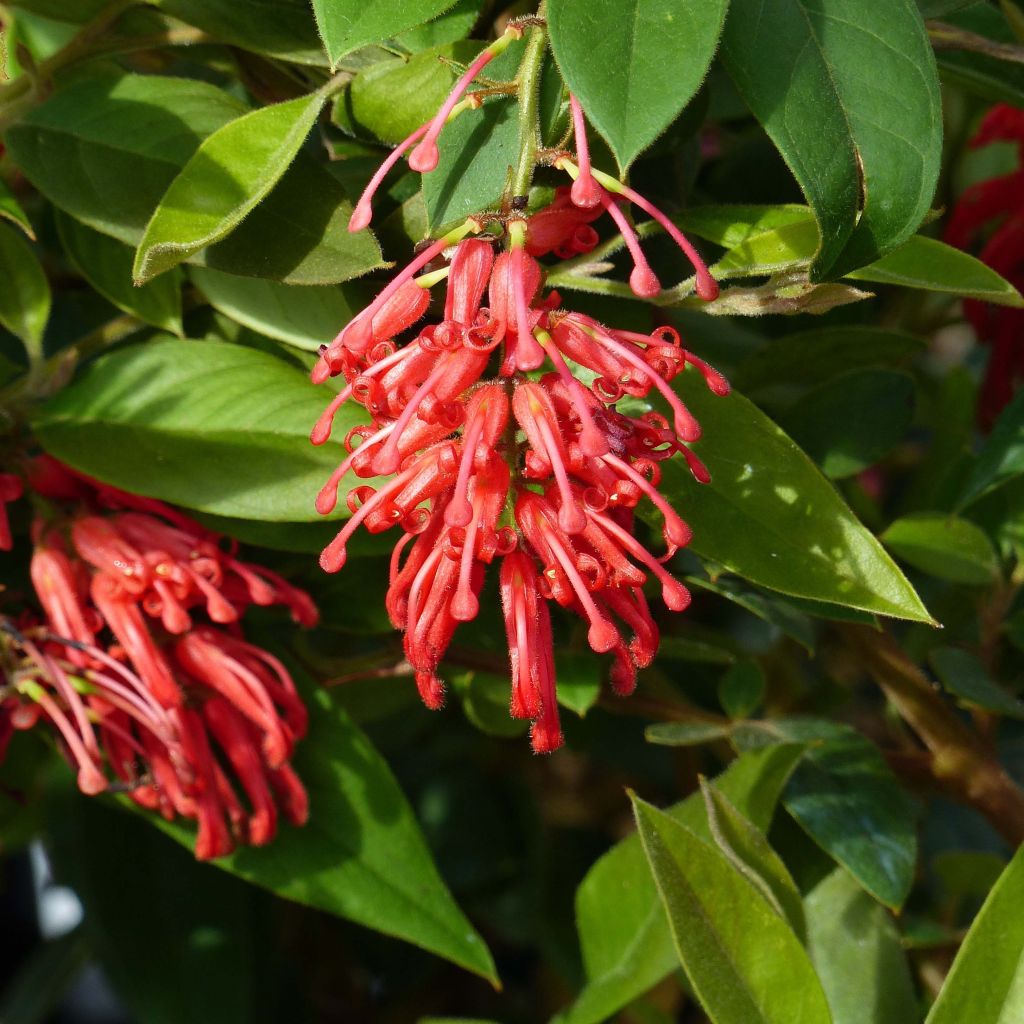

Grevillea rhyolitica
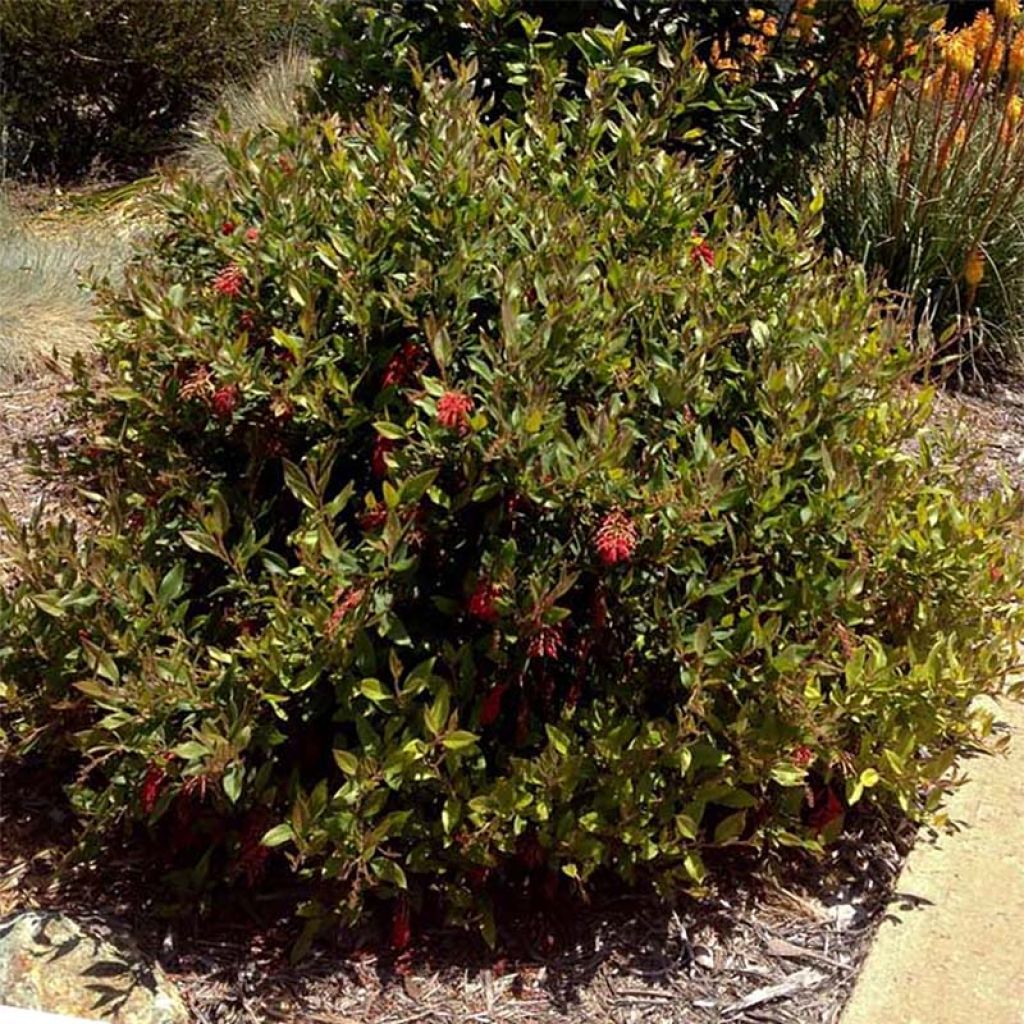

Grevillea rhyolitica
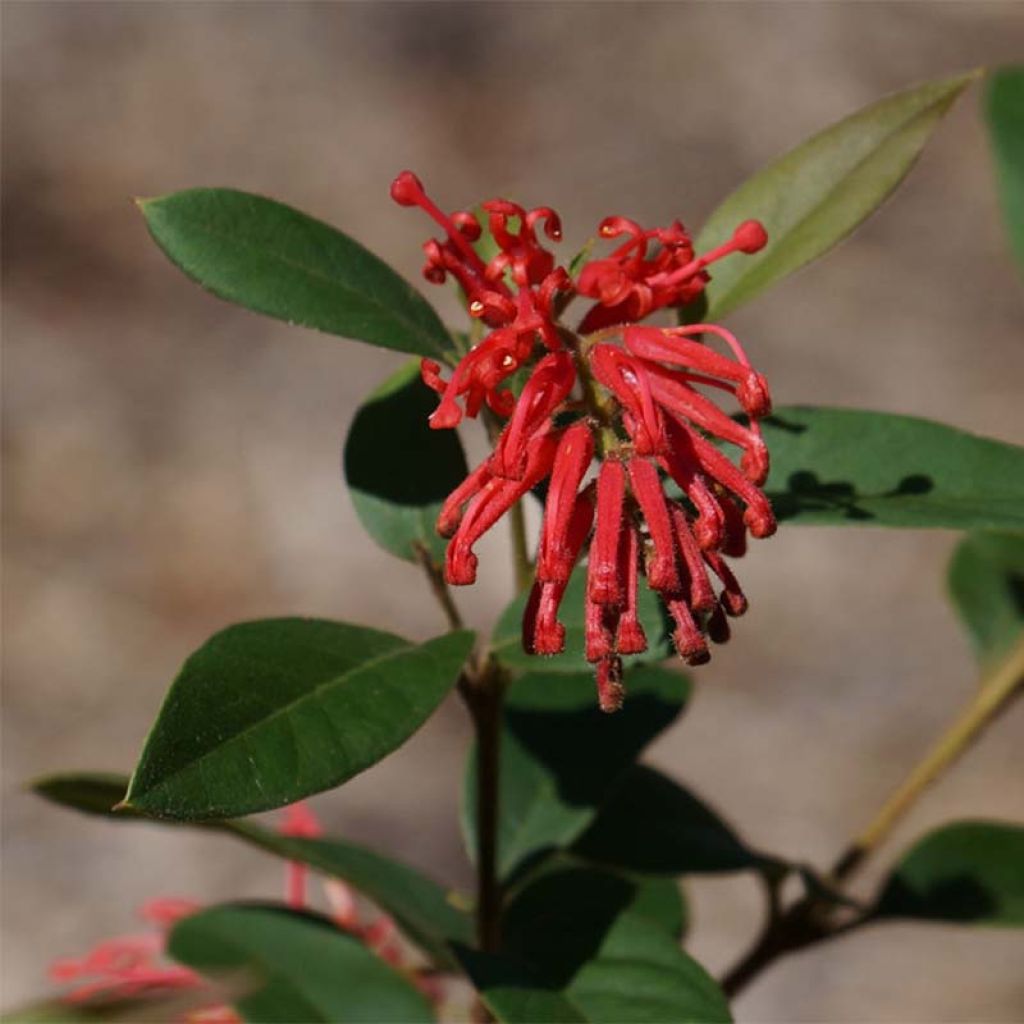

Grevillea rhyolitica
Grevillea rhyolitica
Grevillea rhyolitica
Deua flame
The upper stem of the young plant was broken.
Sylvie S., 25/03/2018
This item cannot be shipped to the selected country
Delivery charge from €5.90
Delivery to Corse prohibited
More information
Schedule delivery date,
and select date in basket
This plant carries a 24 months recovery warranty
More information
We guarantee the quality of our plants for a full growing cycle, and will replace at our expense any plant that fails to recover under normal climatic and planting conditions.
From €5.90 for pickup delivery and €6.90 for home delivery
Express home delivery from €8.90.
Delivery to Corse prohibited: UE law prohibits the import of this plant from mainland France to Corse as part of the fight against Xylella fastidiosa. Please accept our sincere apologies.
More information
Does this plant fit my garden?
Set up your Plantfit profile →
Description
Grevillea rhyolitica, or Deua Grevillea, is an evergreen Australian bush that is particularly floriferous, a little frost-sensitive but very well adapted to pot culture in cold regions. Its coral-red, nectar-rich, tubular flowers gathered in slightly trailing inflorescences, somewhat resemble those of Embothrium. They bloom from December to September, or even all year round in very mild climates, among leaves that are rather large for the genus, with an ovate shape and pointed tips. A very beautiful species to discover and cultivate on a sunny terrace for those who want an exotic touch.
Grevillea rhyolitica is a bush from the proteaceae family endemic to the Deua National Park, located in New South Wales, Australia. Accustomed to very silica-rich volcanic rocks, it is a pioneering species in its natural environment: it tolerates fairly poor but non-chalky dry soils, and requires full sun to flower. It grows quite rapidly, reaching maturity in 3-4 years, and on average reaches 2m (6 ft 7 in) in all directions. This bush has a spreading and open habit. The entire, elliptical leaves are light green with a matte finish. The flowering period lasts for a good part of the year, with the peak between April and June-July. The flowers are small and gathered in large trailing inflorescences that have a spider-like shape. The petal-less flowers are composed of a tubular, bright red style and long stamens.
Grevillea rhyolitica is not difficult to grow as long as the conditions are met. This bush requires little maintenance and tolerates light and regular pruning, which will keep it dense. It is best planted in coastal gardens protected from heavy frosts, in light, well-draining, and slightly acidic soil. Particularly suited to Mediterranean climates, it will look good in a hedge or as a standalone plant, on large slopes or at the back of dry garden beds, but always in an open and sunny position. In an exotic garden, it can be associated with proteas, Agave, Aloe, Canary Island viper's bugloss, Euphorbia mellifera, evergreen ceanothus, Melianthus major, palm trees, or even Leptospermum. Container cultivation, which is particularly suitable for this species, allows for control of the substrate composition and overwintering of the bush in a cold greenhouse or a very bright and lightly heated conservatory.
Report an error about the product description
Grevillea rhyolitica in pictures
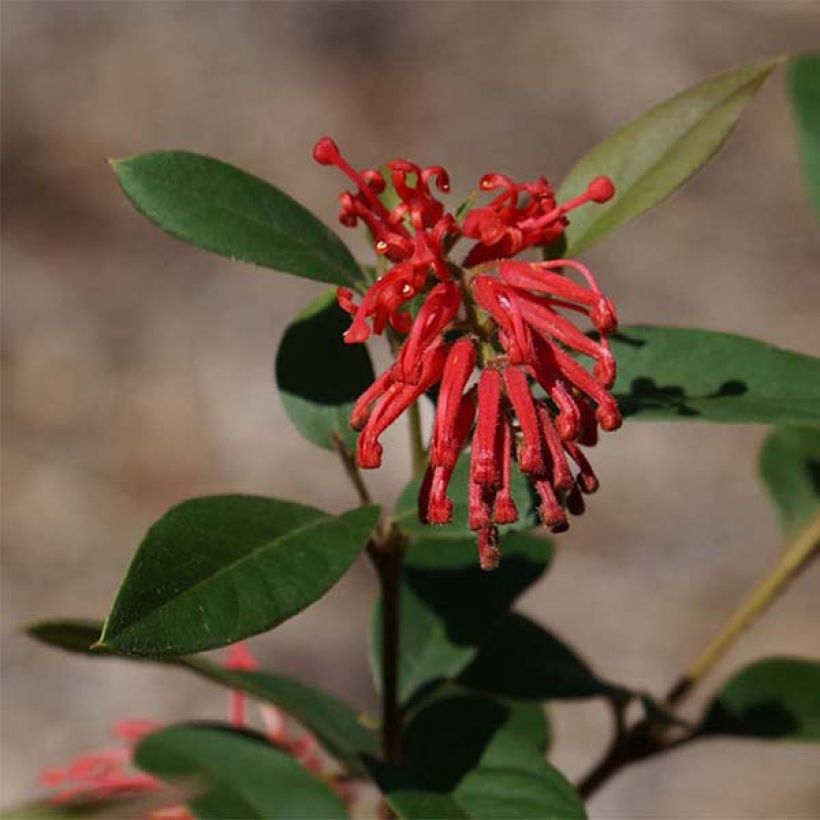

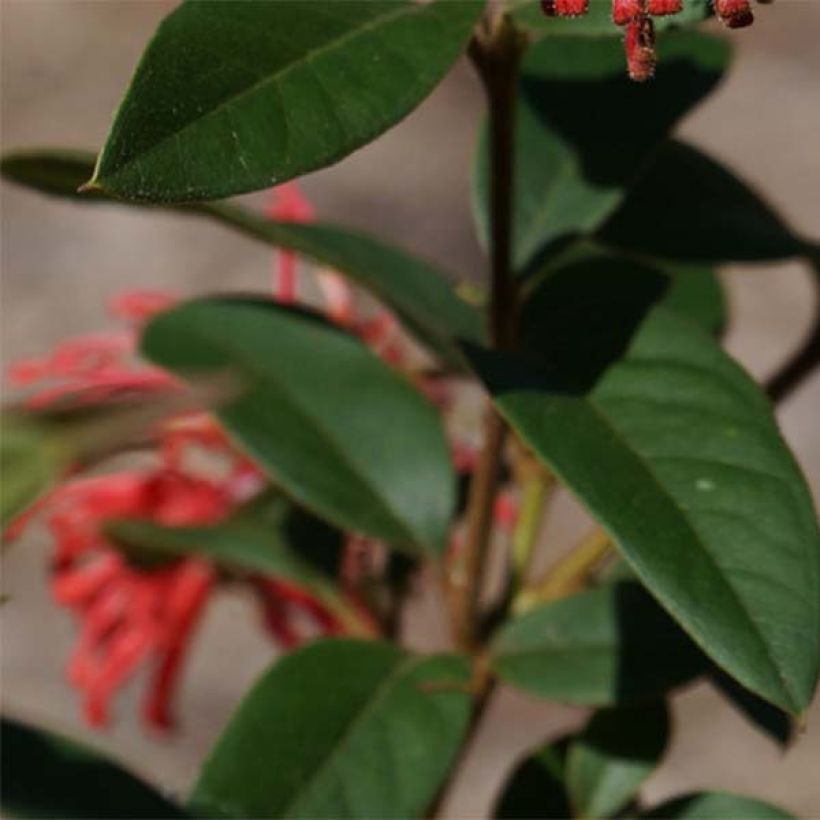

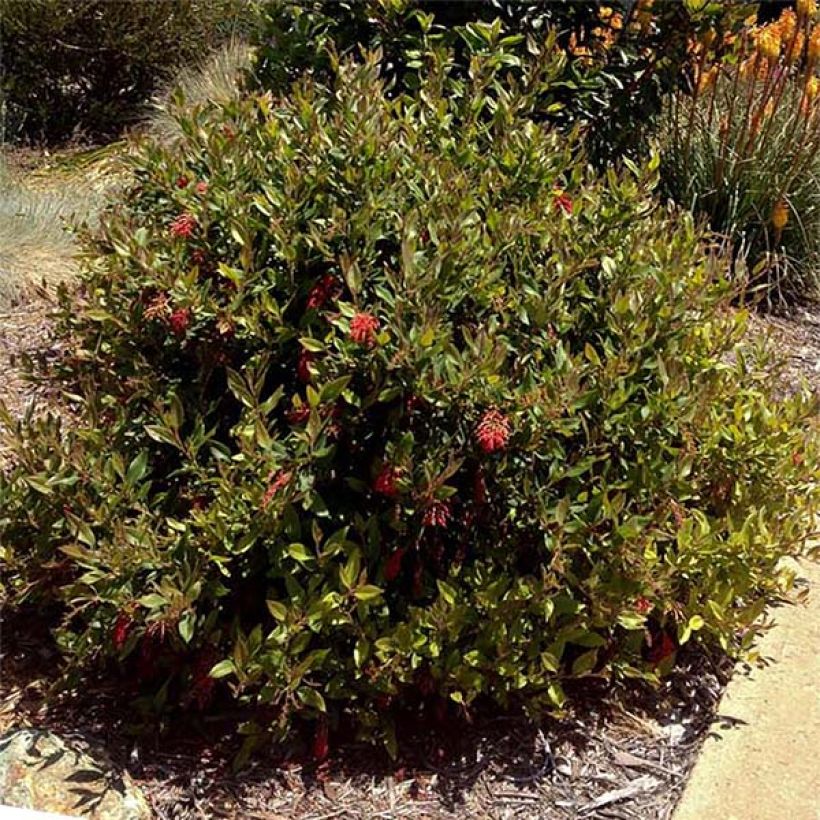

Plant habit
Flowering
Foliage
Botanical data
Grevillea
rhyolitica
Proteaceae
Deua flame
Australia
Other Grevillea
Planting and care
Grevillea rhyolitica is best planted in spring, after the last frosts. It prefers soil with an acidic to neutral pH, sandy, gritty, poor, and very well-drained. The presence of limestone in the soil causes yellowing of the foliage, chlorosis, which weakens the bush until it eventually dies. This disease can be corrected by regular application of chelated iron. In regions where the soil and subsoil are limestone, it is recommended to dig a large pit of 60 cm (23.6 in) in all directions and fill it with ericaceous soil and sand. Pot cultivation allows better control of the substrate and allows the plant to be stored frost-free in a borderline hardiness zone (up to -8°C (17.6 °F) for a well-established plant). In pots, use light, well-drained potting soil that remains moist. We recommend the following mix: 60% pine bark, 20% coarse river sand, 10% fine river sand, and 10% clay soil for its water retention capacity. The pH should be 7 or less.
Grevilleas are drought-resistant once well established: however, monitor watering during the first two years in summer and throughout the cultivation period in pots. In the ground, it benefits from a thick layer of mulch. Use wood chips or grass clippings. It is recommended to use a fertilizer very low in phosphorus, as it can decrease the plant's resistance to drought by destroying the dense root hairs that develop just below the soil surface. An N-P-K type fertilizer with an 18-2-10 ratio is well suited.
Insects and diseases:
Grevilleas can develop black leaf spots, caused by a rarely fatal fungus: a fungicidal treatment will resolve the issue.
Collar rot can also be observed, a deadly disease also caused by fungi that develop in moist and warm soil. Avoid burying the plant's collar, as it will improve aeration. Avoid watering too often in hot and dry weather, let the soil dry out between waterings.
Phytophthora (cinnamomi), a disease also caused by a fungus, affects many plants in dry areas. The parasite destroys the roots during excessively rainy winters. Prevention is crucial, as the disease is almost impossible to eradicate: ensure good drainage, remove water from the saucer placed under the pot, and remove dead or diseased parts.
Planting period
Intended location
Care
-
, onOrder confirmed
Reply from on Promesse de fleurs
Evergreen shrubs
Haven't found what you were looking for?
Hardiness is the lowest winter temperature a plant can endure without suffering serious damage or even dying. However, hardiness is affected by location (a sheltered area, such as a patio), protection (winter cover) and soil type (hardiness is improved by well-drained soil).

Photo Sharing Terms & Conditions
In order to encourage gardeners to interact and share their experiences, Promesse de fleurs offers various media enabling content to be uploaded onto its Site - in particular via the ‘Photo sharing’ module.
The User agrees to refrain from:
- Posting any content that is illegal, prejudicial, insulting, racist, inciteful to hatred, revisionist, contrary to public decency, that infringes on privacy or on the privacy rights of third parties, in particular the publicity rights of persons and goods, intellectual property rights, or the right to privacy.
- Submitting content on behalf of a third party;
- Impersonate the identity of a third party and/or publish any personal information about a third party;
In general, the User undertakes to refrain from any unethical behaviour.
All Content (in particular text, comments, files, images, photos, videos, creative works, etc.), which may be subject to property or intellectual property rights, image or other private rights, shall remain the property of the User, subject to the limited rights granted by the terms of the licence granted by Promesse de fleurs as stated below. Users are at liberty to publish or not to publish such Content on the Site, notably via the ‘Photo Sharing’ facility, and accept that this Content shall be made public and freely accessible, notably on the Internet.
Users further acknowledge, undertake to have ,and guarantee that they hold all necessary rights and permissions to publish such material on the Site, in particular with regard to the legislation in force pertaining to any privacy, property, intellectual property, image, or contractual rights, or rights of any other nature. By publishing such Content on the Site, Users acknowledge accepting full liability as publishers of the Content within the meaning of the law, and grant Promesse de fleurs, free of charge, an inclusive, worldwide licence for the said Content for the entire duration of its publication, including all reproduction, representation, up/downloading, displaying, performing, transmission, and storage rights.
Users also grant permission for their name to be linked to the Content and accept that this link may not always be made available.
By engaging in posting material, Users consent to their Content becoming automatically accessible on the Internet, in particular on other sites and/or blogs and/or web pages of the Promesse de fleurs site, including in particular social pages and the Promesse de fleurs catalogue.
Users may secure the removal of entrusted content free of charge by issuing a simple request via our contact form.
The flowering period indicated on our website applies to countries and regions located in USDA zone 8 (France, the United Kingdom, Ireland, the Netherlands, etc.)
It will vary according to where you live:
- In zones 9 to 10 (Italy, Spain, Greece, etc.), flowering will occur about 2 to 4 weeks earlier.
- In zones 6 to 7 (Germany, Poland, Slovenia, and lower mountainous regions), flowering will be delayed by 2 to 3 weeks.
- In zone 5 (Central Europe, Scandinavia), blooming will be delayed by 3 to 5 weeks.
In temperate climates, pruning of spring-flowering shrubs (forsythia, spireas, etc.) should be done just after flowering.
Pruning of summer-flowering shrubs (Indian Lilac, Perovskia, etc.) can be done in winter or spring.
In cold regions as well as with frost-sensitive plants, avoid pruning too early when severe frosts may still occur.
The planting period indicated on our website applies to countries and regions located in USDA zone 8 (France, United Kingdom, Ireland, Netherlands).
It will vary according to where you live:
- In Mediterranean zones (Marseille, Madrid, Milan, etc.), autumn and winter are the best planting periods.
- In continental zones (Strasbourg, Munich, Vienna, etc.), delay planting by 2 to 3 weeks in spring and bring it forward by 2 to 4 weeks in autumn.
- In mountainous regions (the Alps, Pyrenees, Carpathians, etc.), it is best to plant in late spring (May-June) or late summer (August-September).
The harvesting period indicated on our website applies to countries and regions in USDA zone 8 (France, England, Ireland, the Netherlands).
In colder areas (Scandinavia, Poland, Austria...) fruit and vegetable harvests are likely to be delayed by 3-4 weeks.
In warmer areas (Italy, Spain, Greece, etc.), harvesting will probably take place earlier, depending on weather conditions.
The sowing periods indicated on our website apply to countries and regions within USDA Zone 8 (France, UK, Ireland, Netherlands).
In colder areas (Scandinavia, Poland, Austria...), delay any outdoor sowing by 3-4 weeks, or sow under glass.
In warmer climes (Italy, Spain, Greece, etc.), bring outdoor sowing forward by a few weeks.

































